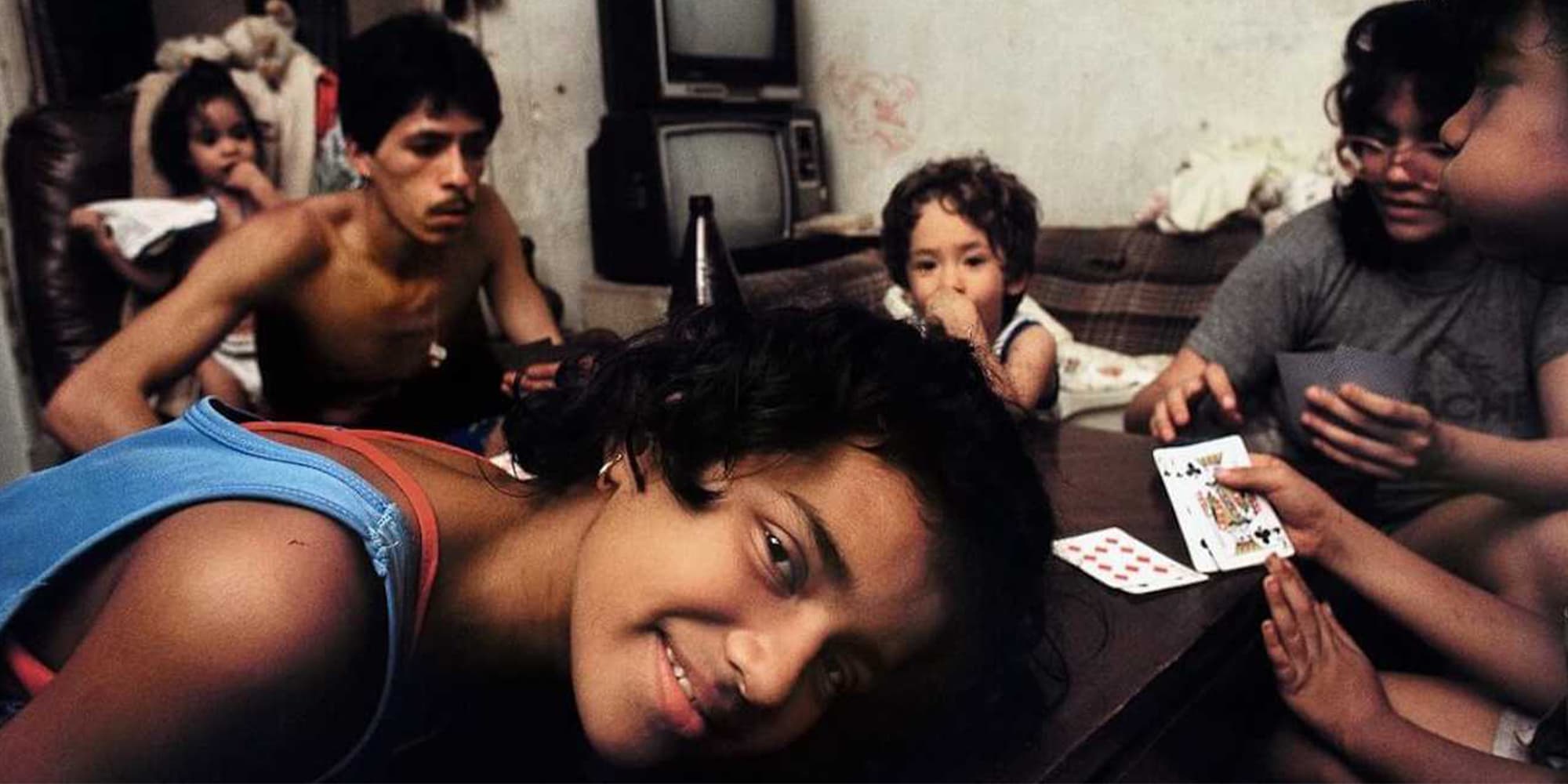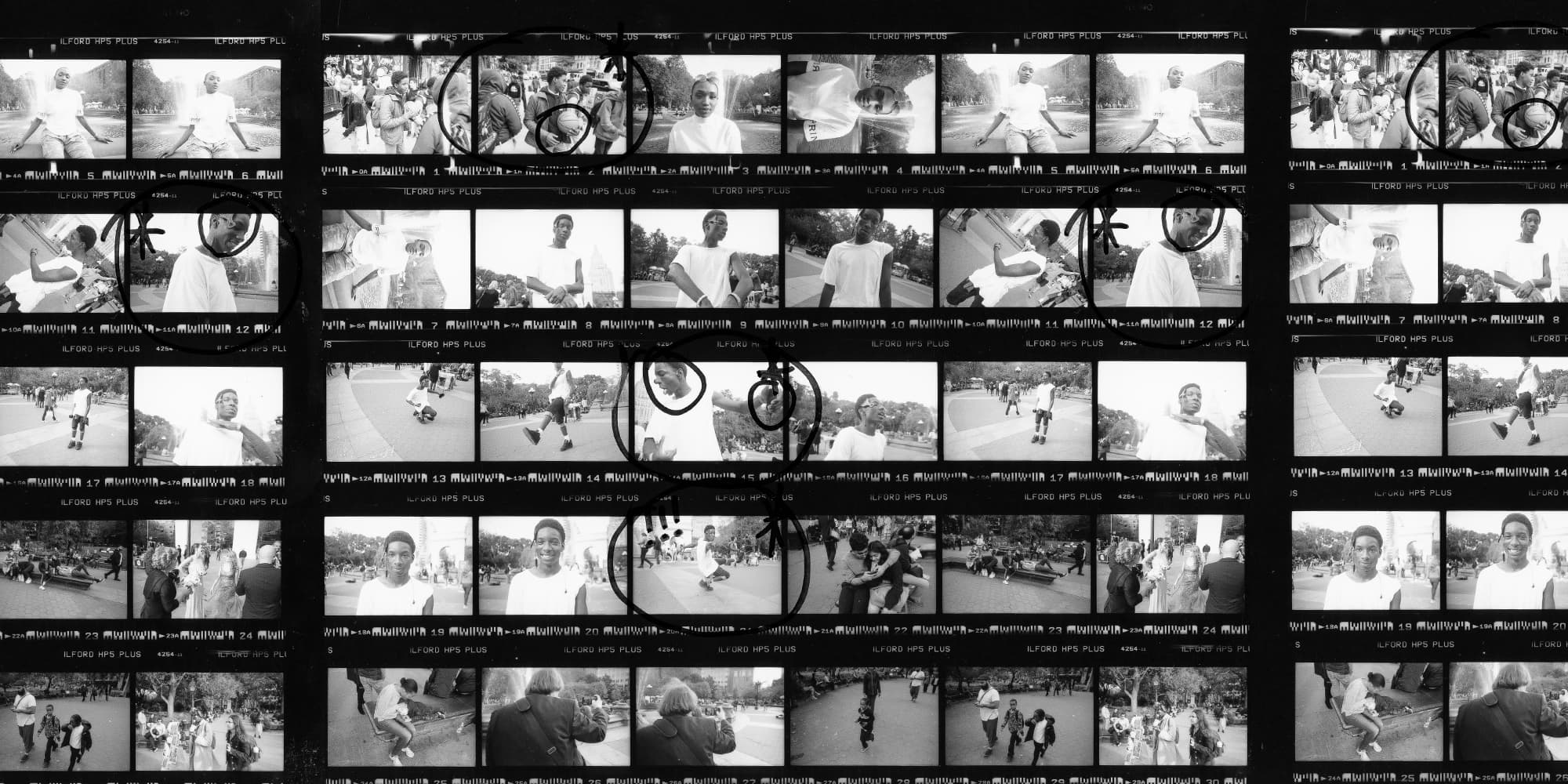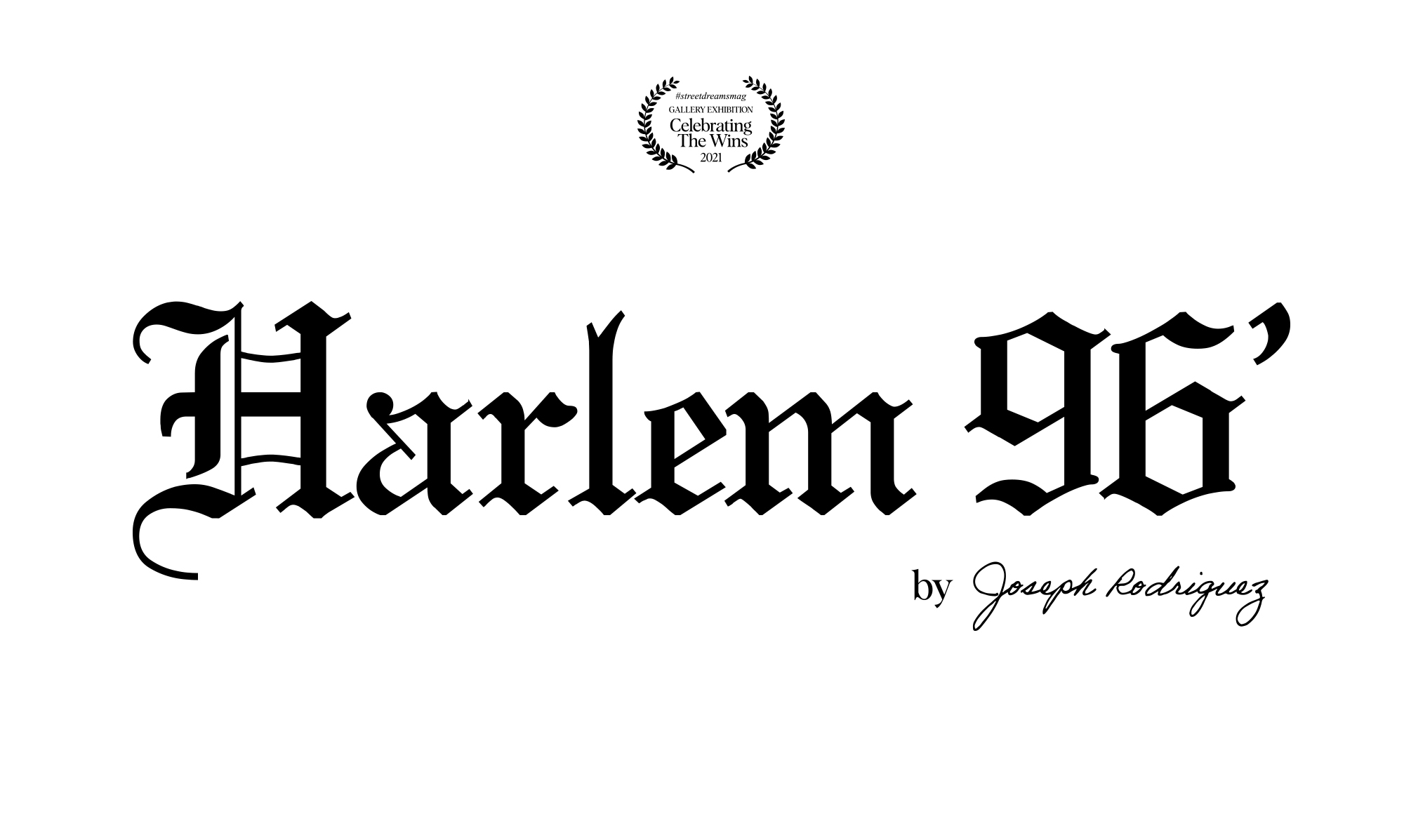
by Joseph Rodriguez
The contemporary story about Harlem is not just about the “New Economic Development” or the so-called urban decay or social blight. The real stories are about its 117,000 residents both established and recent arrivals who inhabit the historic village of Harlem and make its heart and soul beat.
Peter Stuyvesant established Nieuw Harlem in 1658, which was later connected to New Amsterdam with a ten-mile road built by slaves. During the colonial period Harlem became a retreat for the Bleeckers, the Delanceys, the Beekmans and the Rikers (aristocratic families of New York in the 19th century). During this time Harlem became a chic suburb for the well to do. Then around 1880 the city extended its elevated subway lines to the north. Handsome neighborhoods sprang up, and by the early 1900’s Harlem bustled with urbanity. But the speculators had built too much too fast. So, in the1904 an African American real estate agent named Phillip A. Payton rented apartments to blacks who were being displaced from the midtown homes in Hell’s Kitchen by the development of Pennsylvania rail yards (today called, Penn Station). The scheme succeeded beyond white speculators wildest nightmares. By the 1920s Harlem was mostly African American.
Beyond the businesses of 125th Street there are schools, churches, arts and cultural groups, social civic organizations, rites of passage programs, architecture and landscape. Harlem is not one of the cultural capitals of the world, but it is also the cultural capital of Black America.
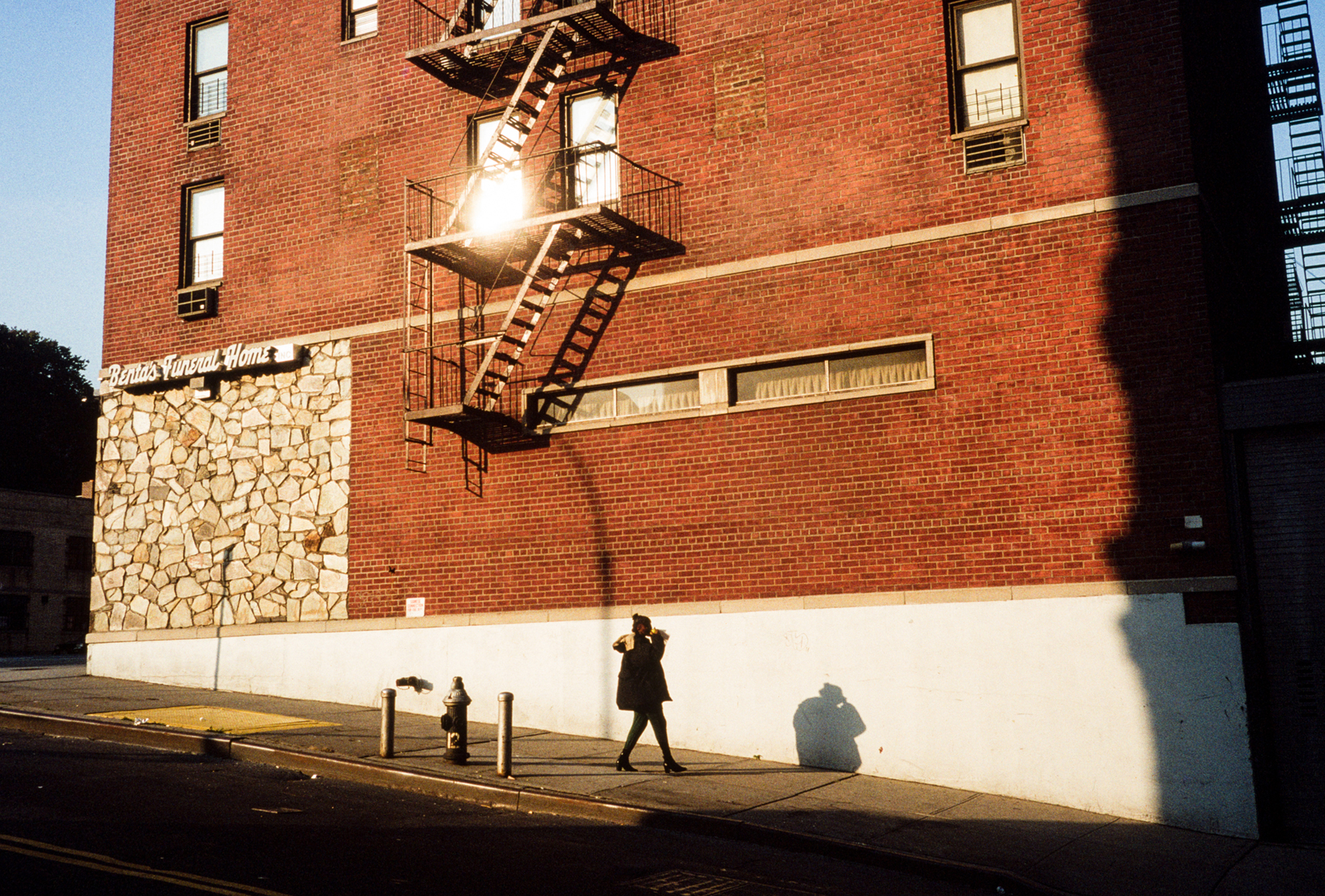
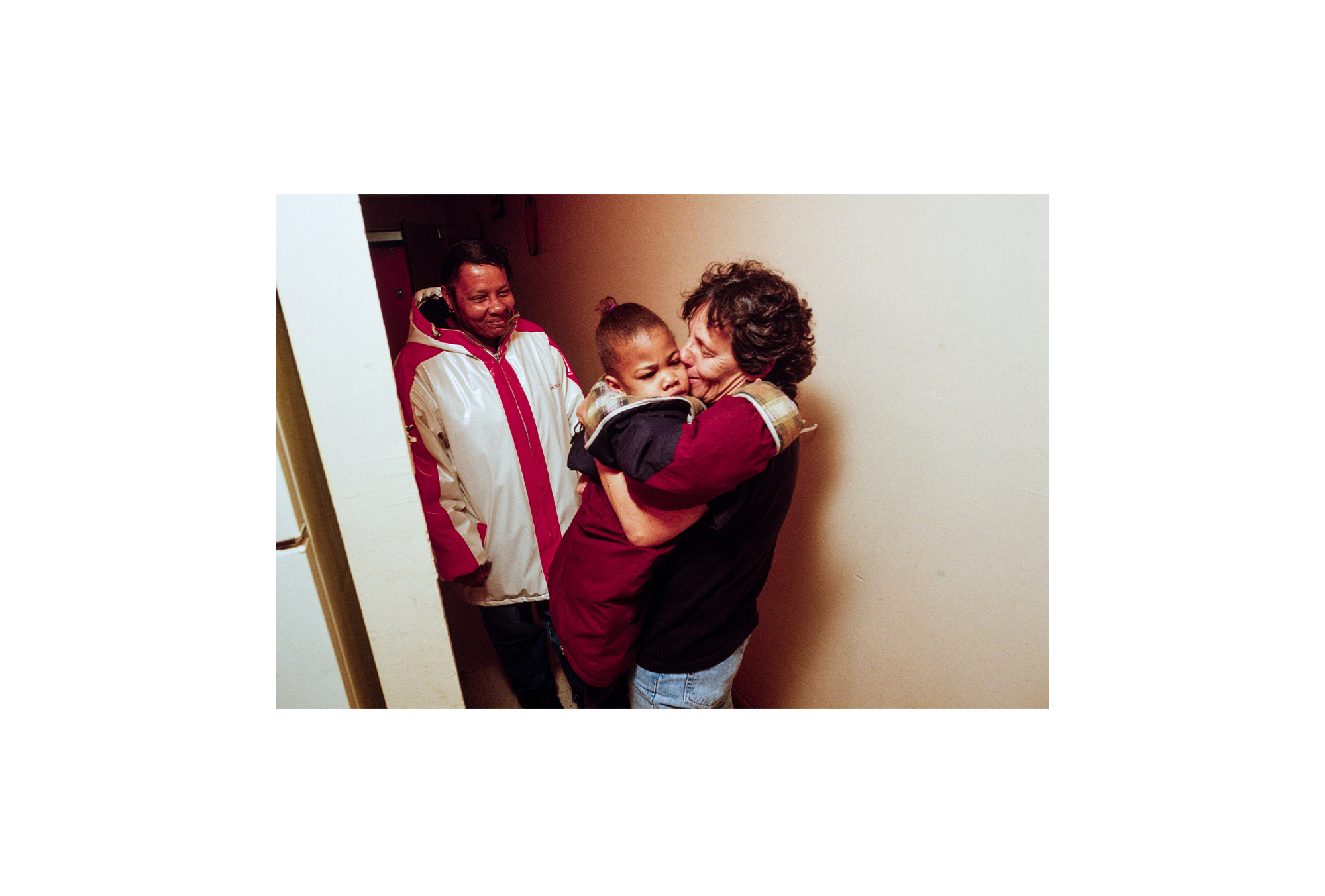
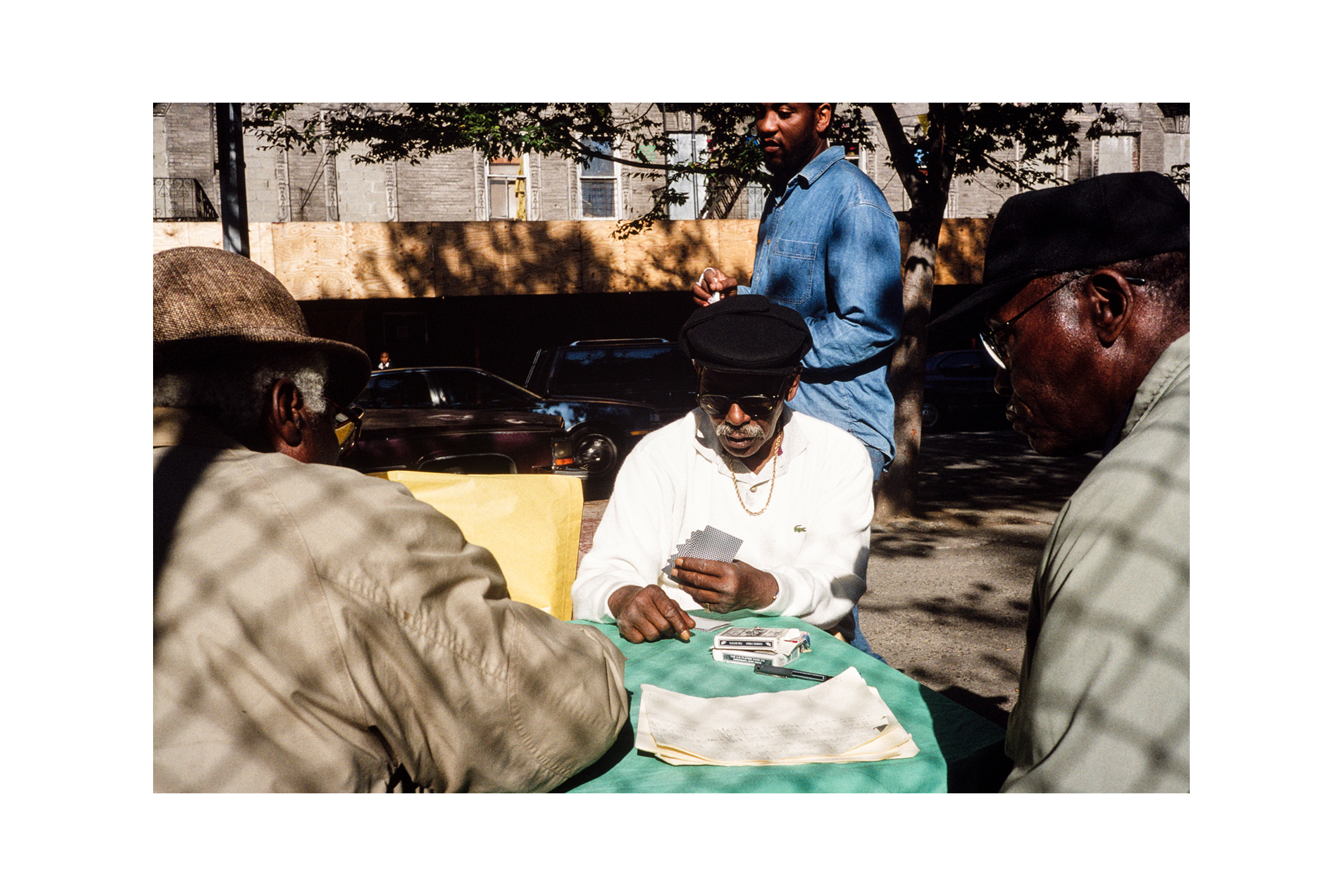
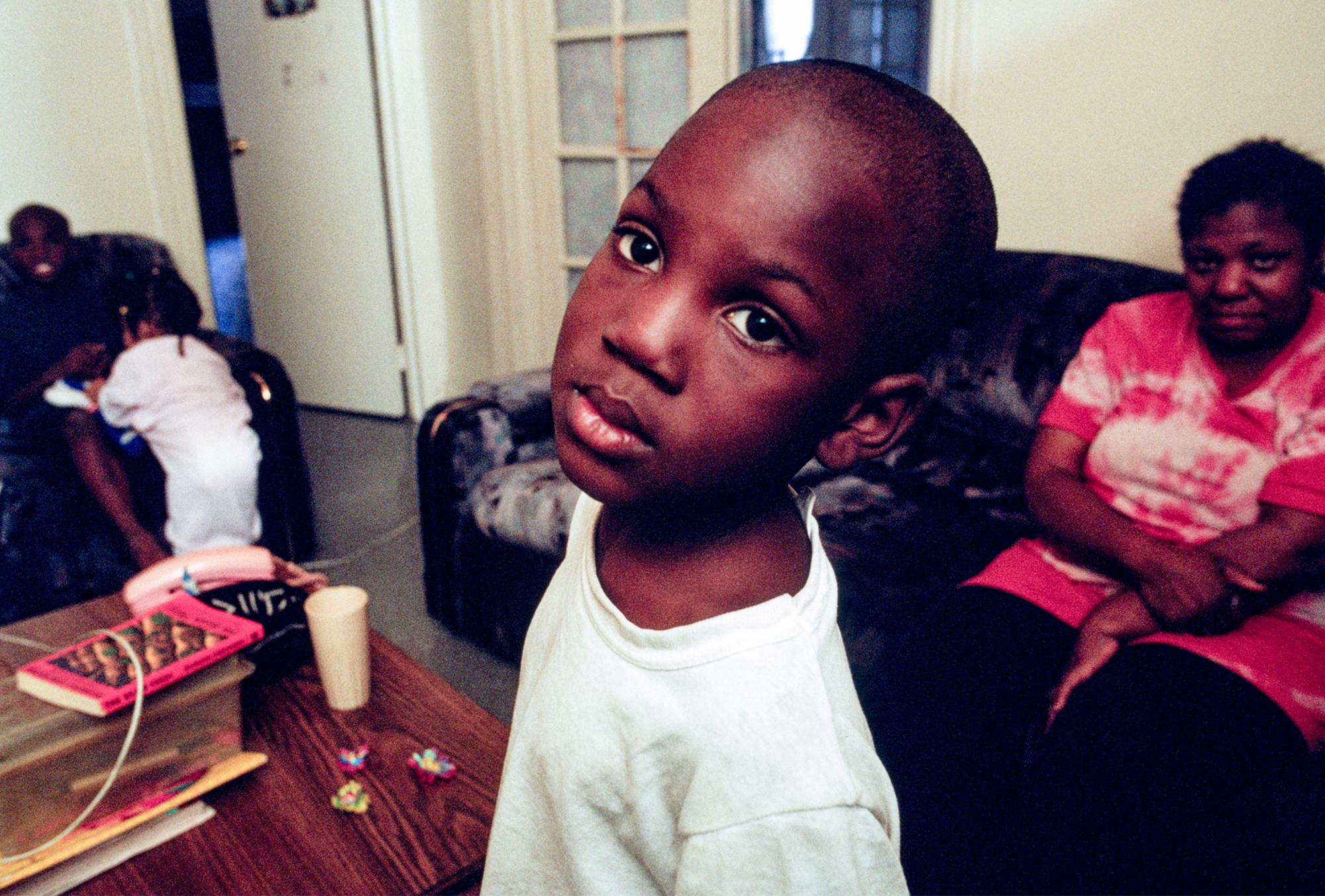
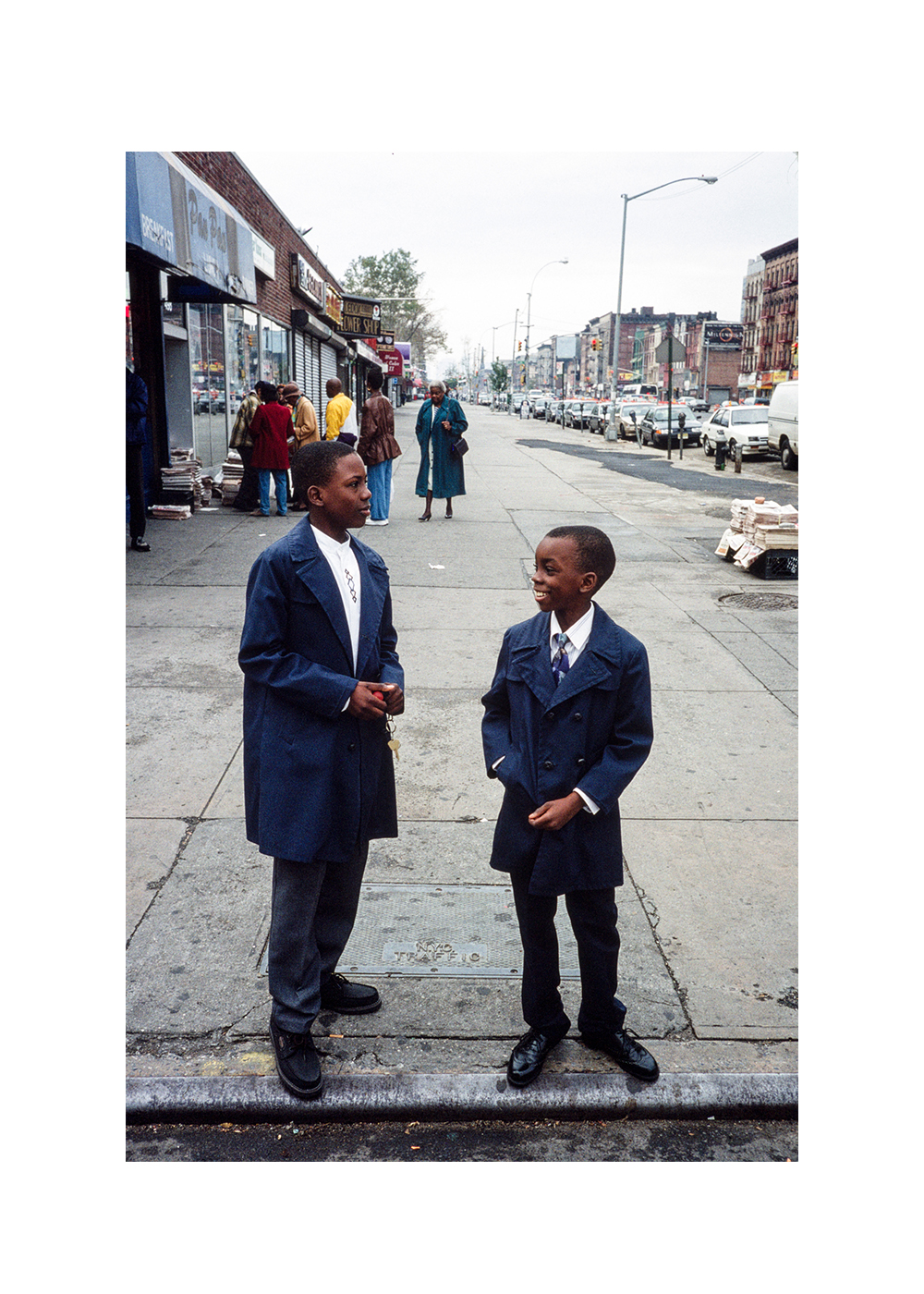
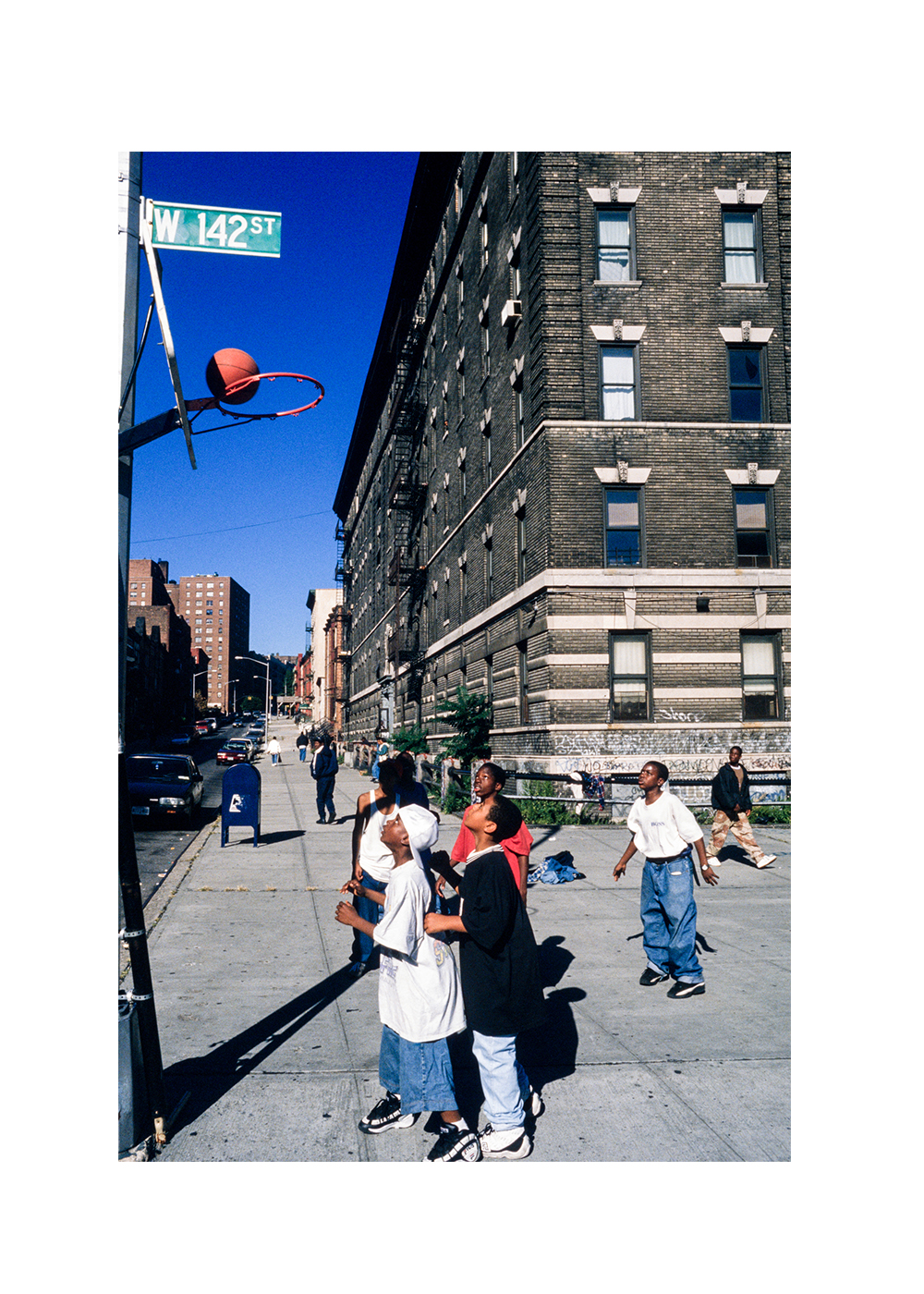
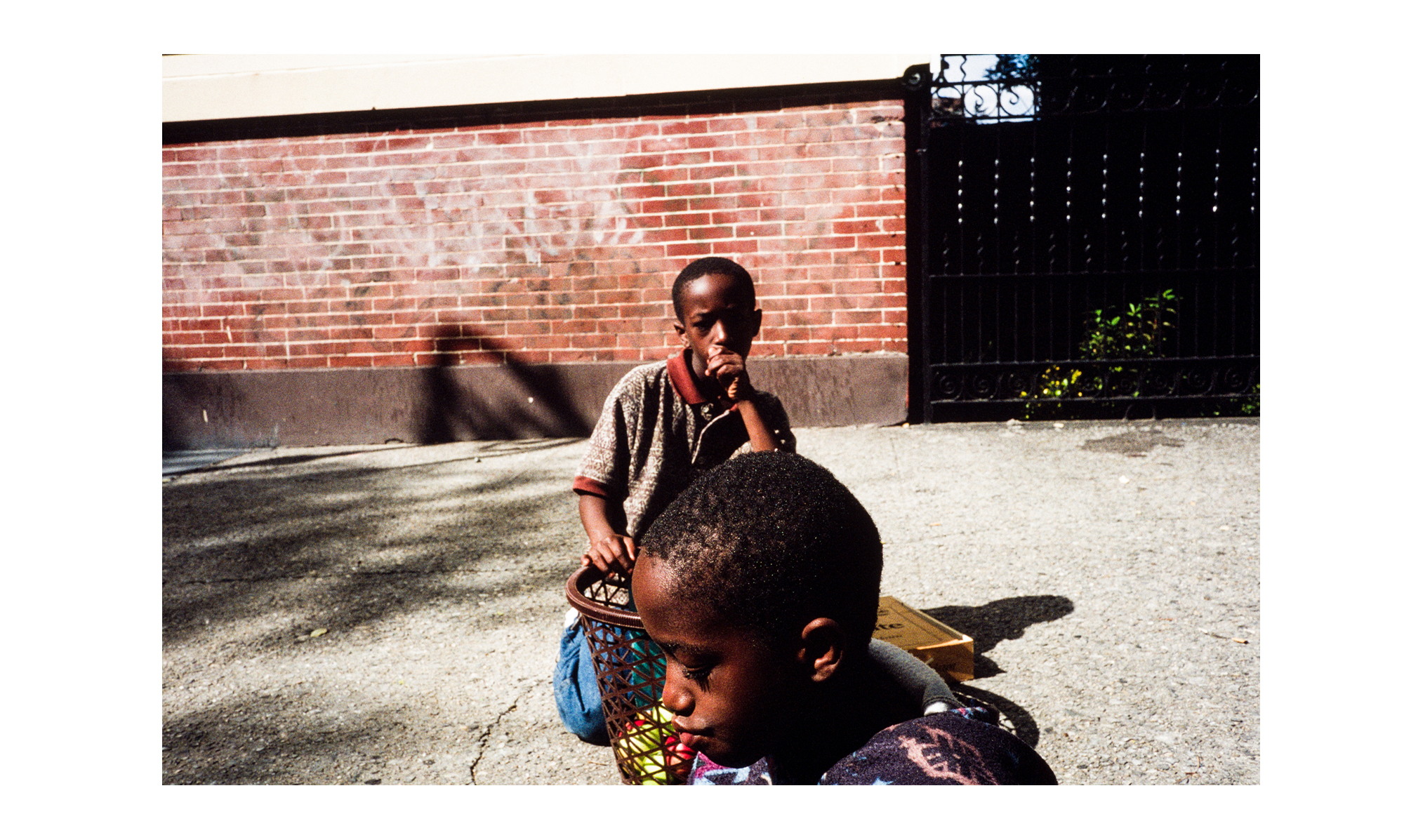
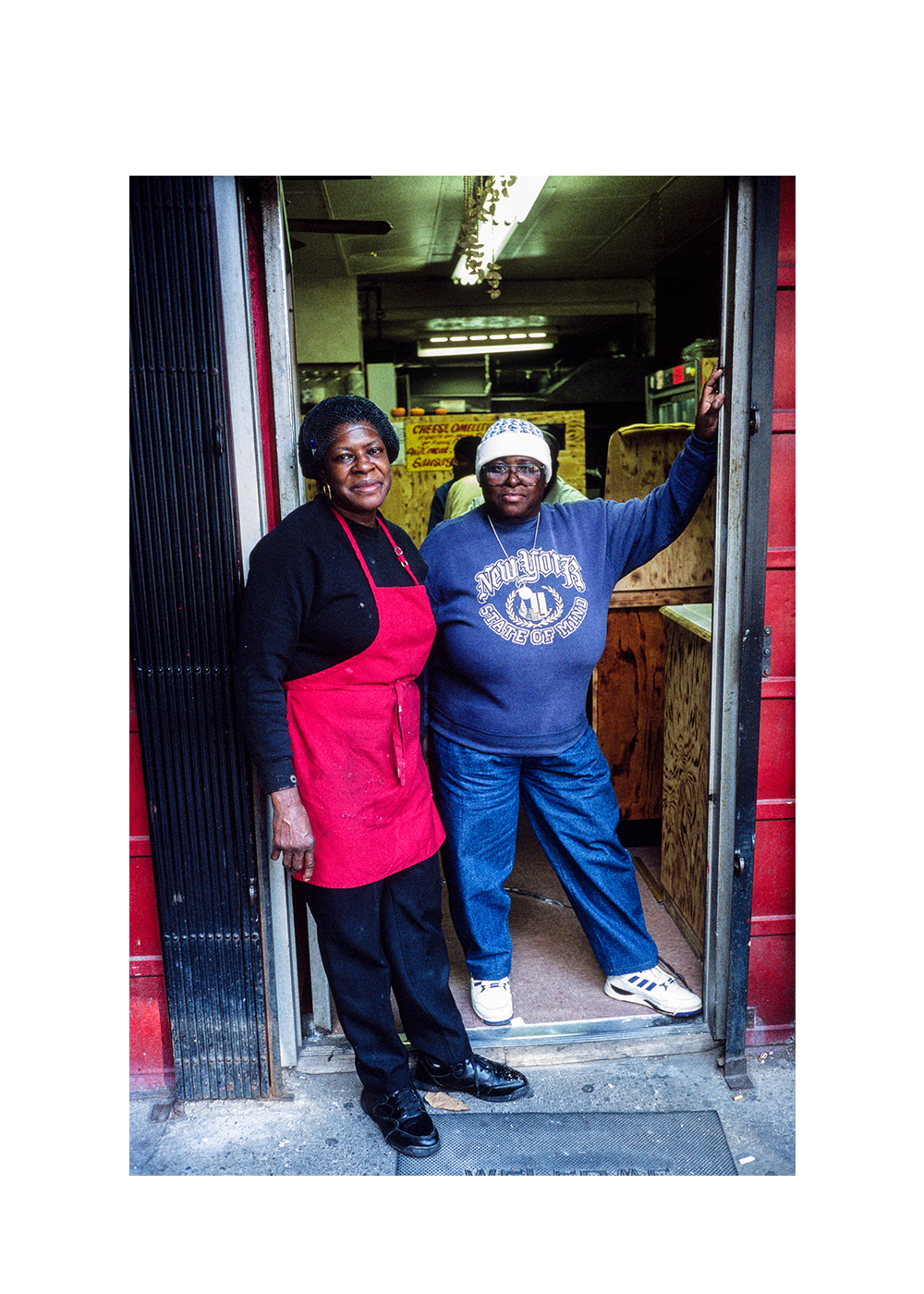
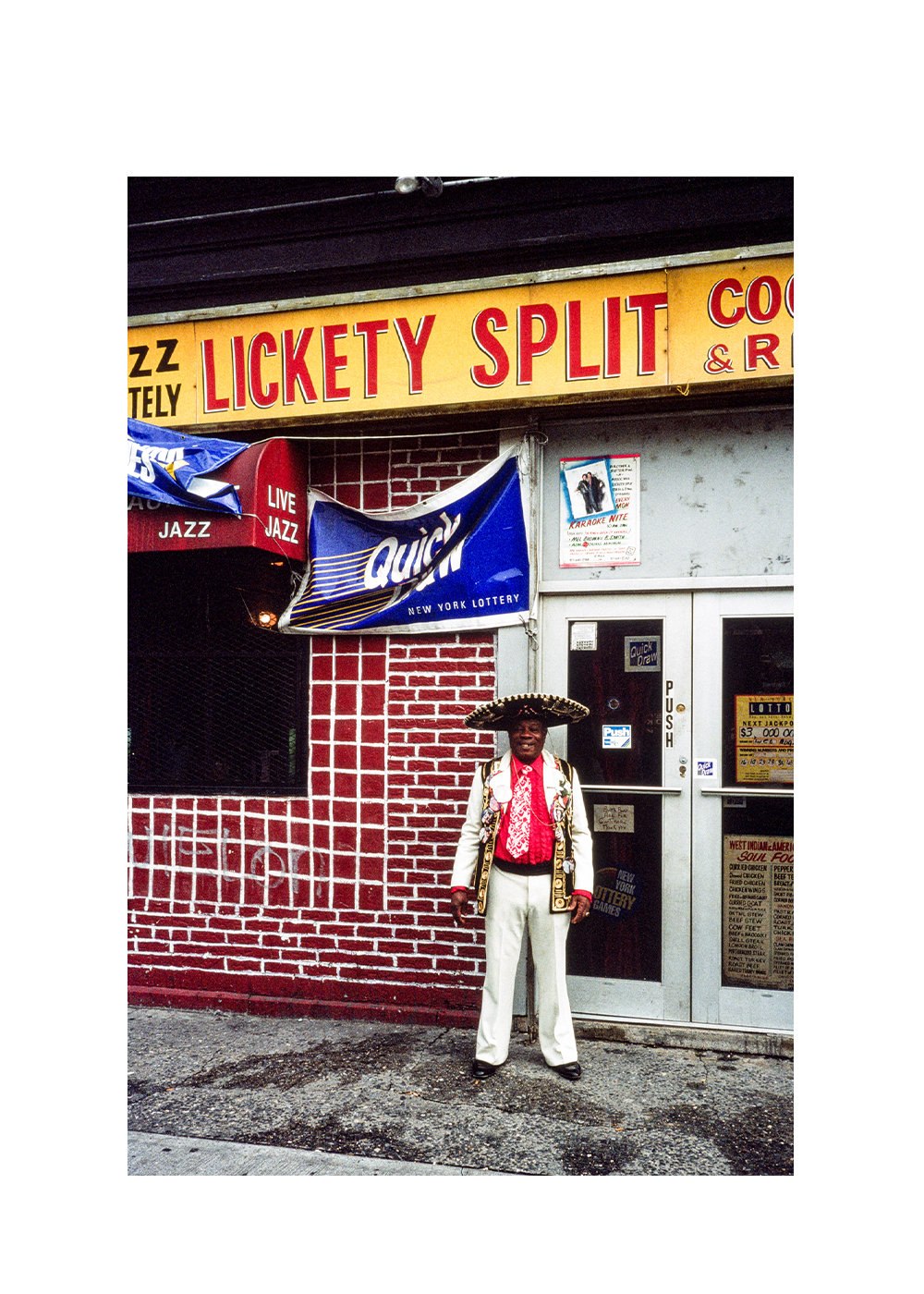

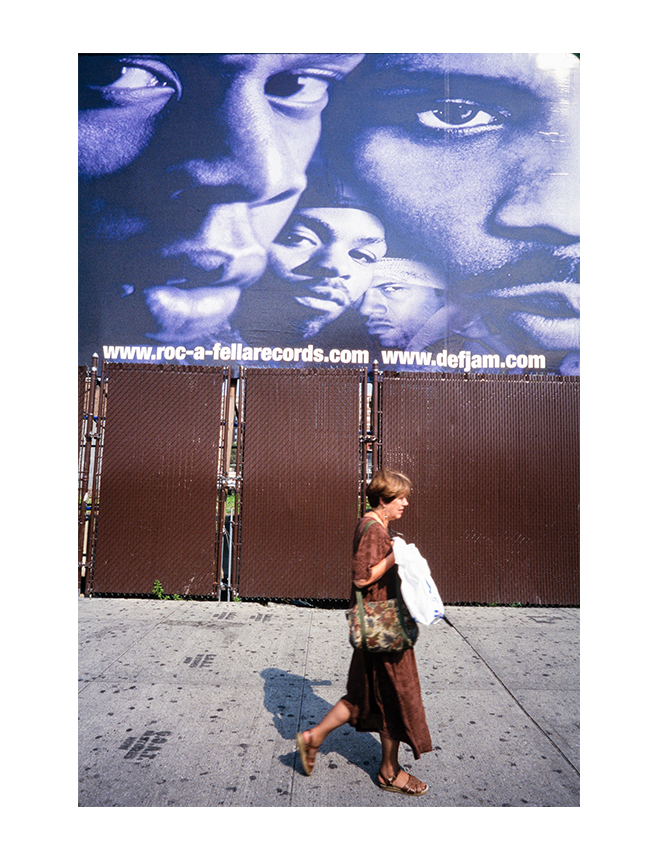

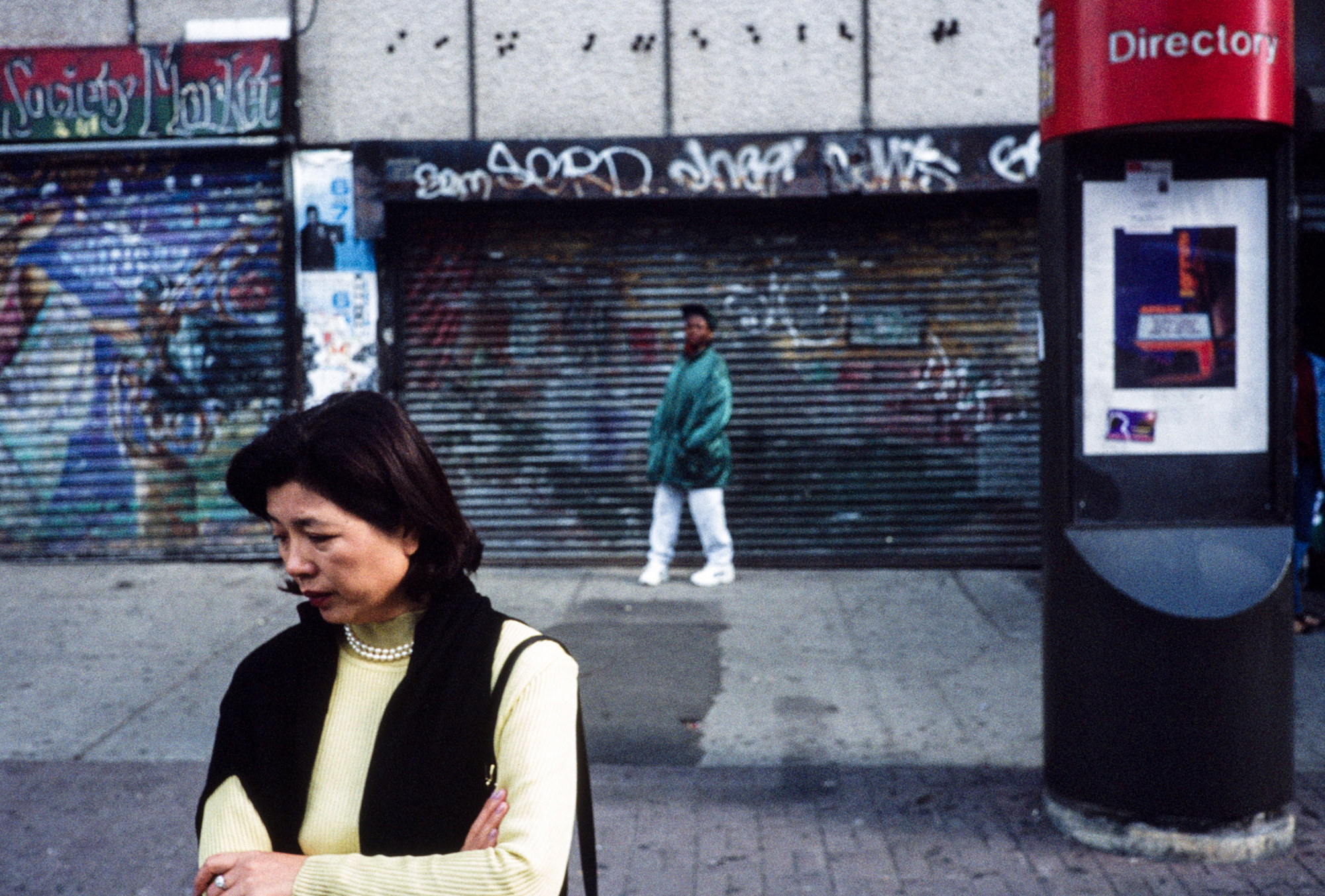
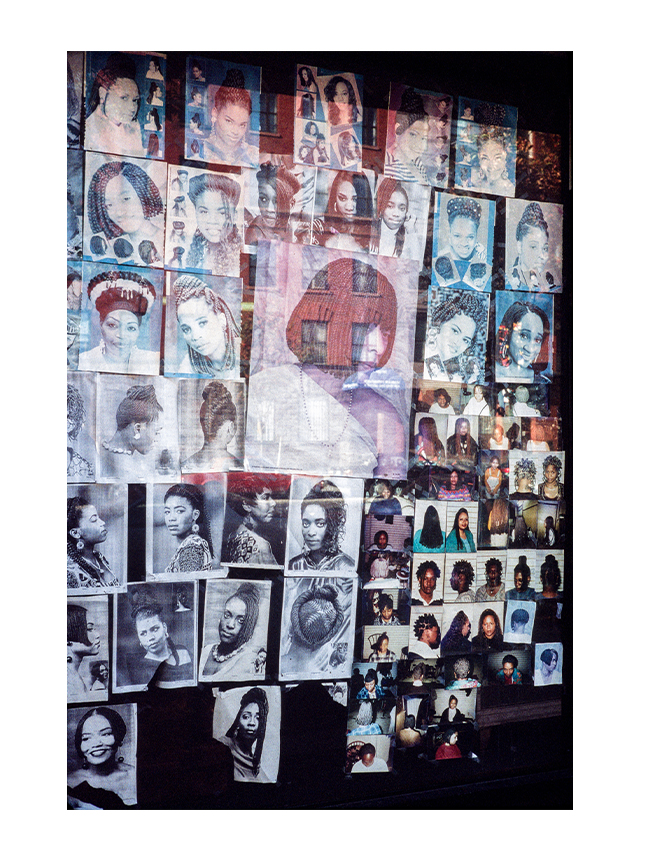
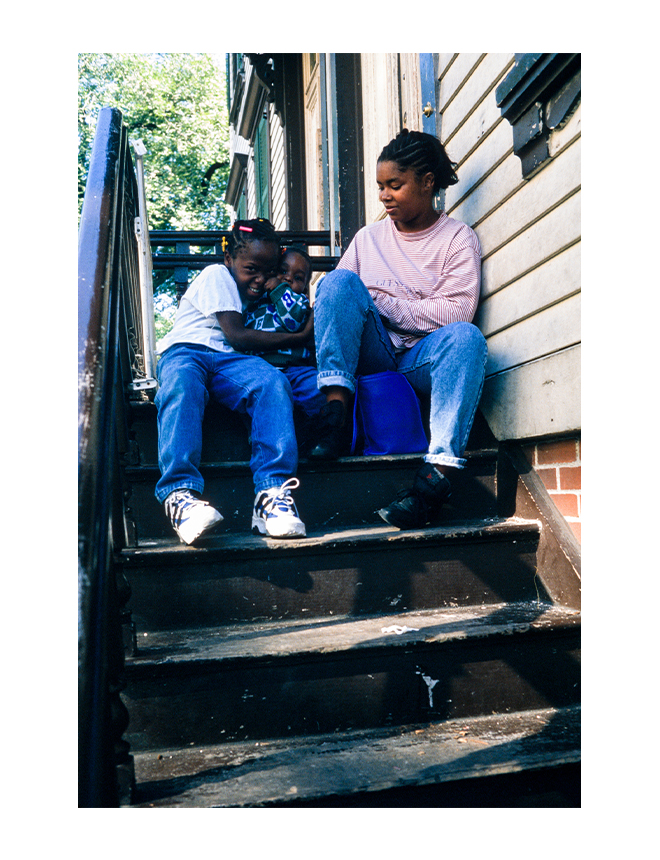
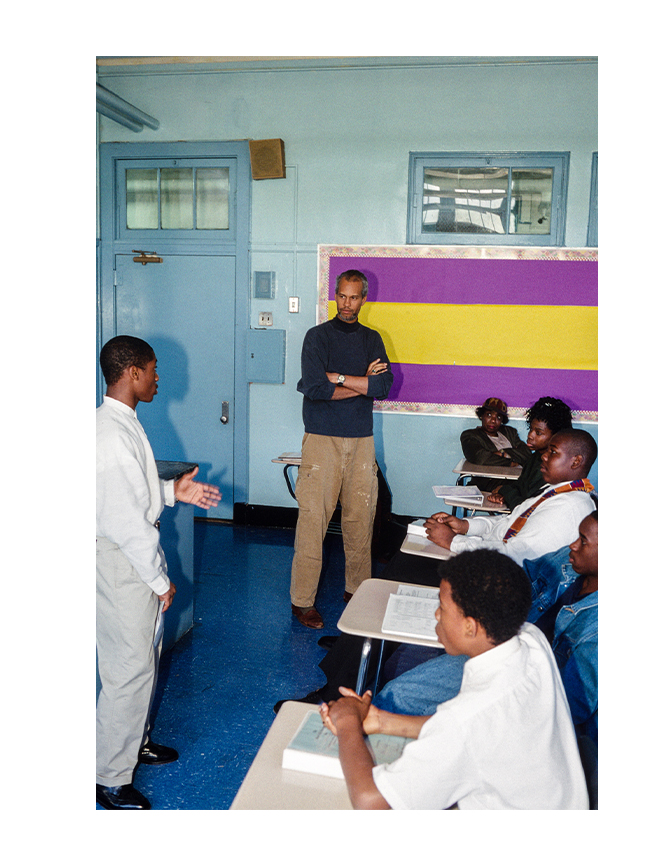
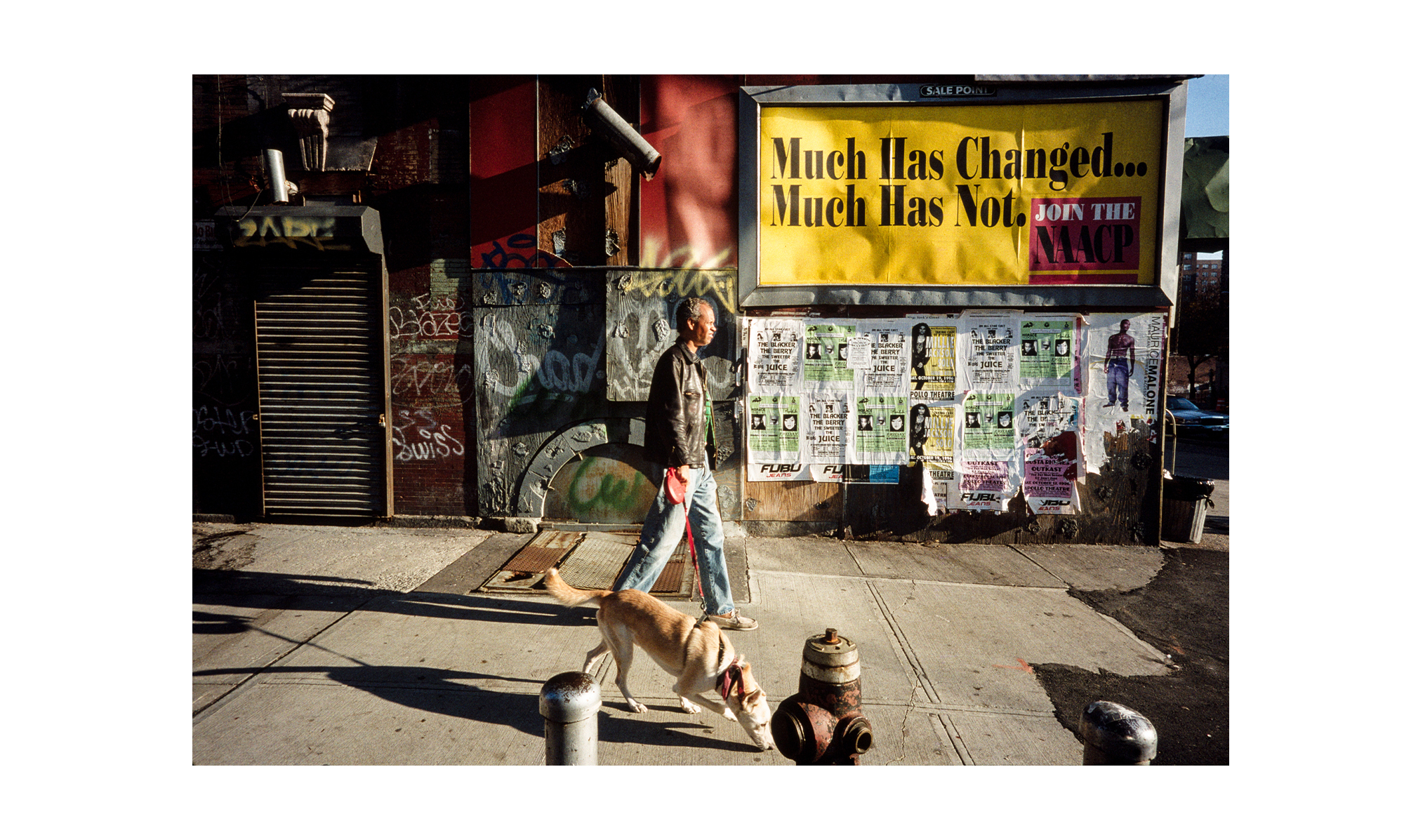
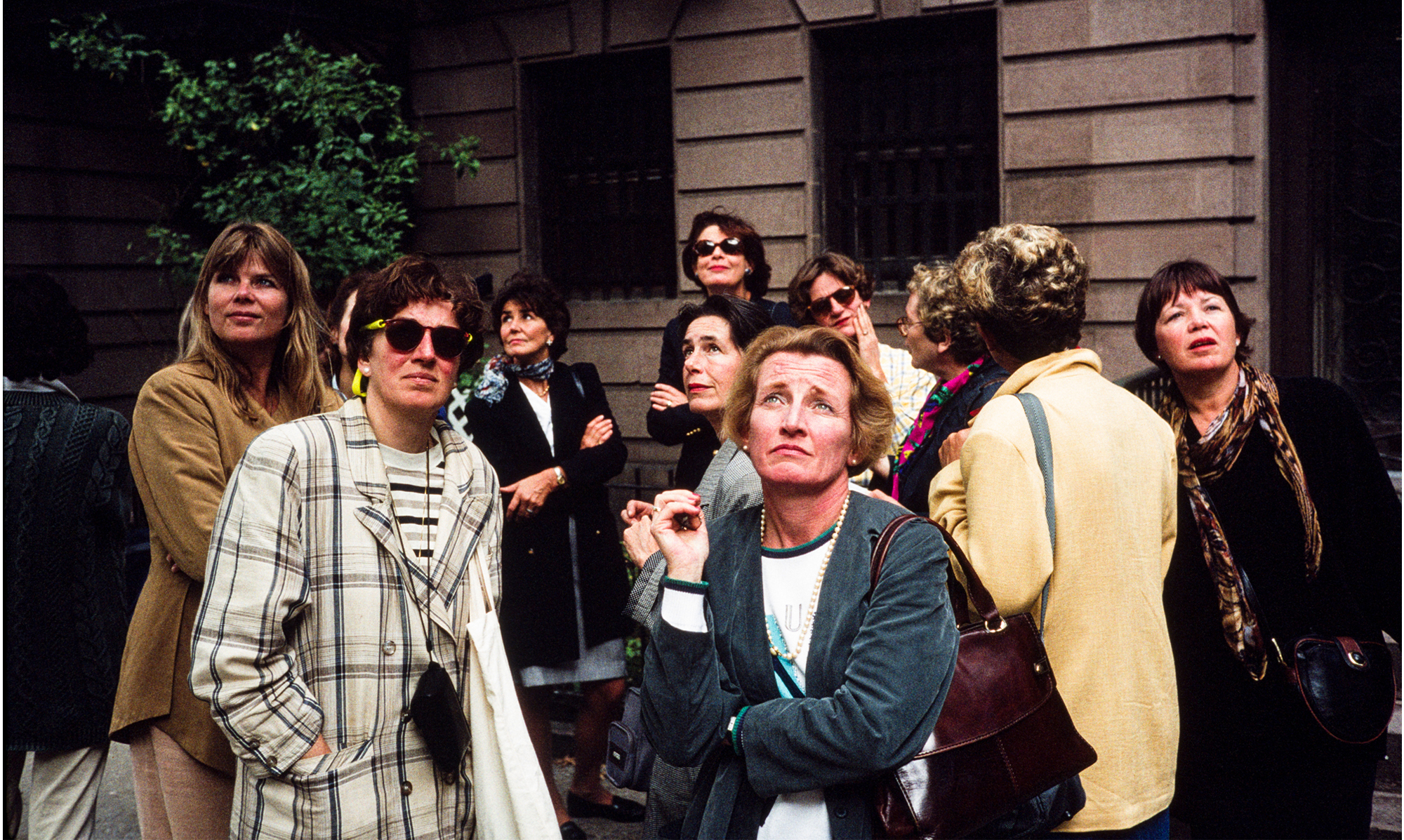
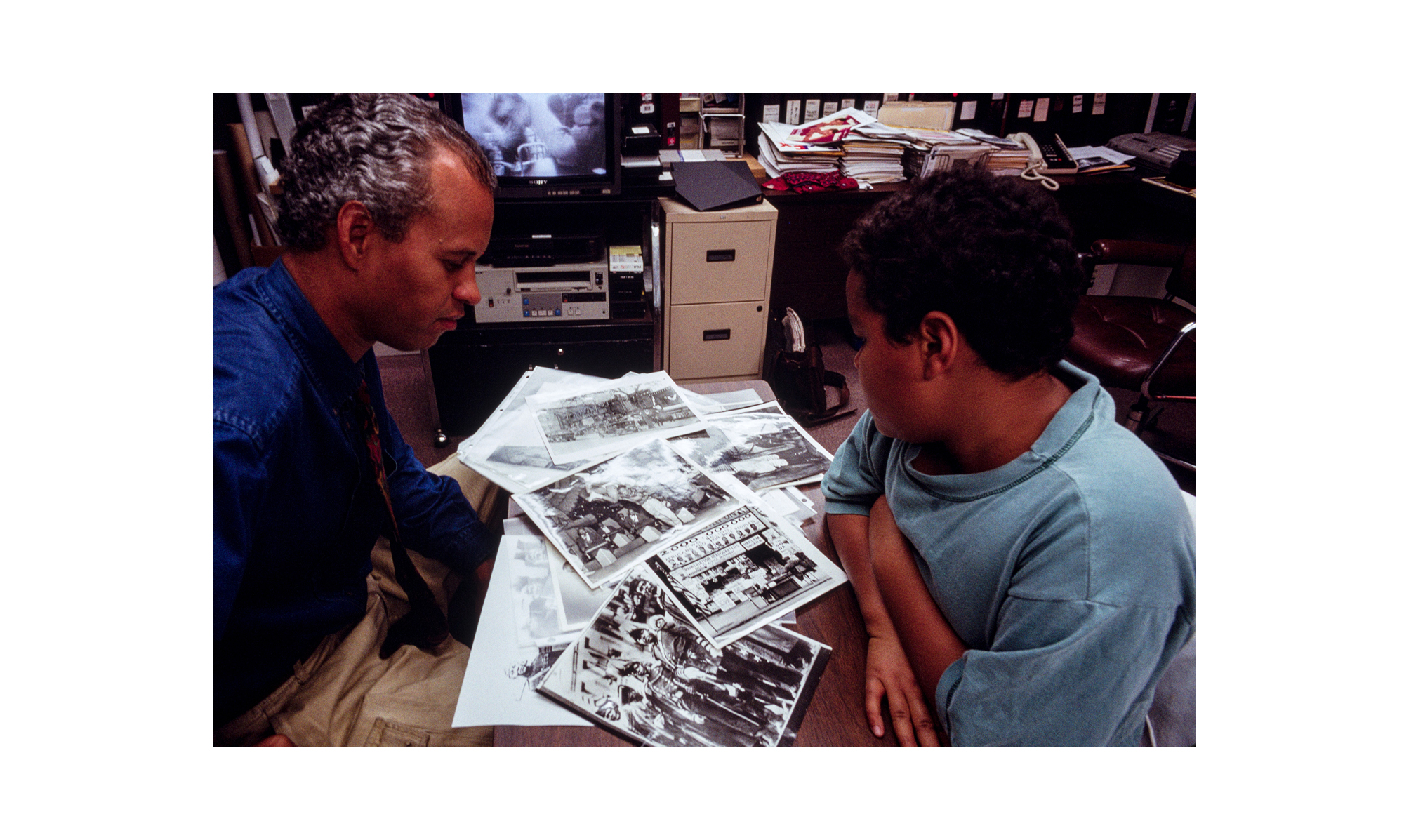
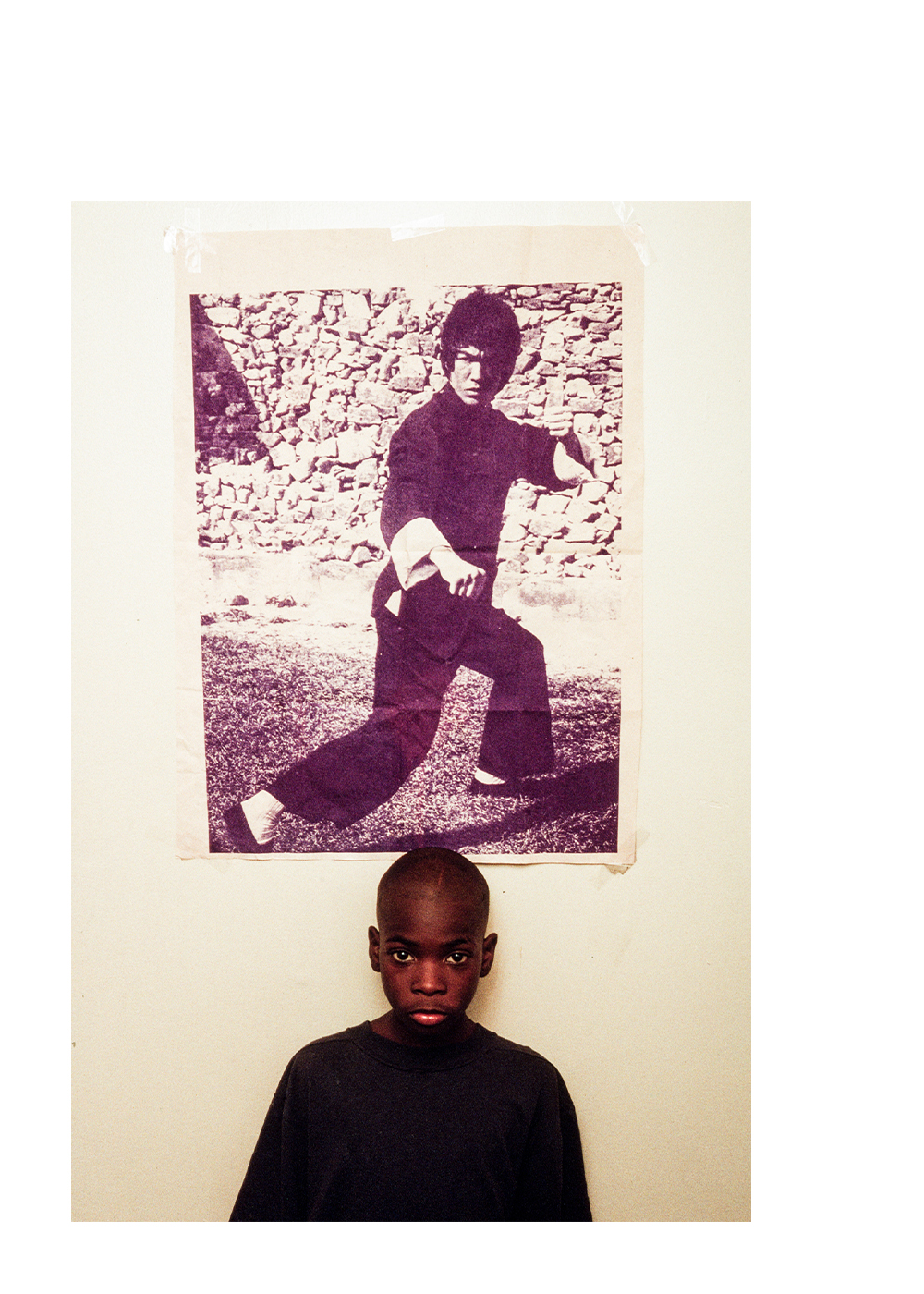
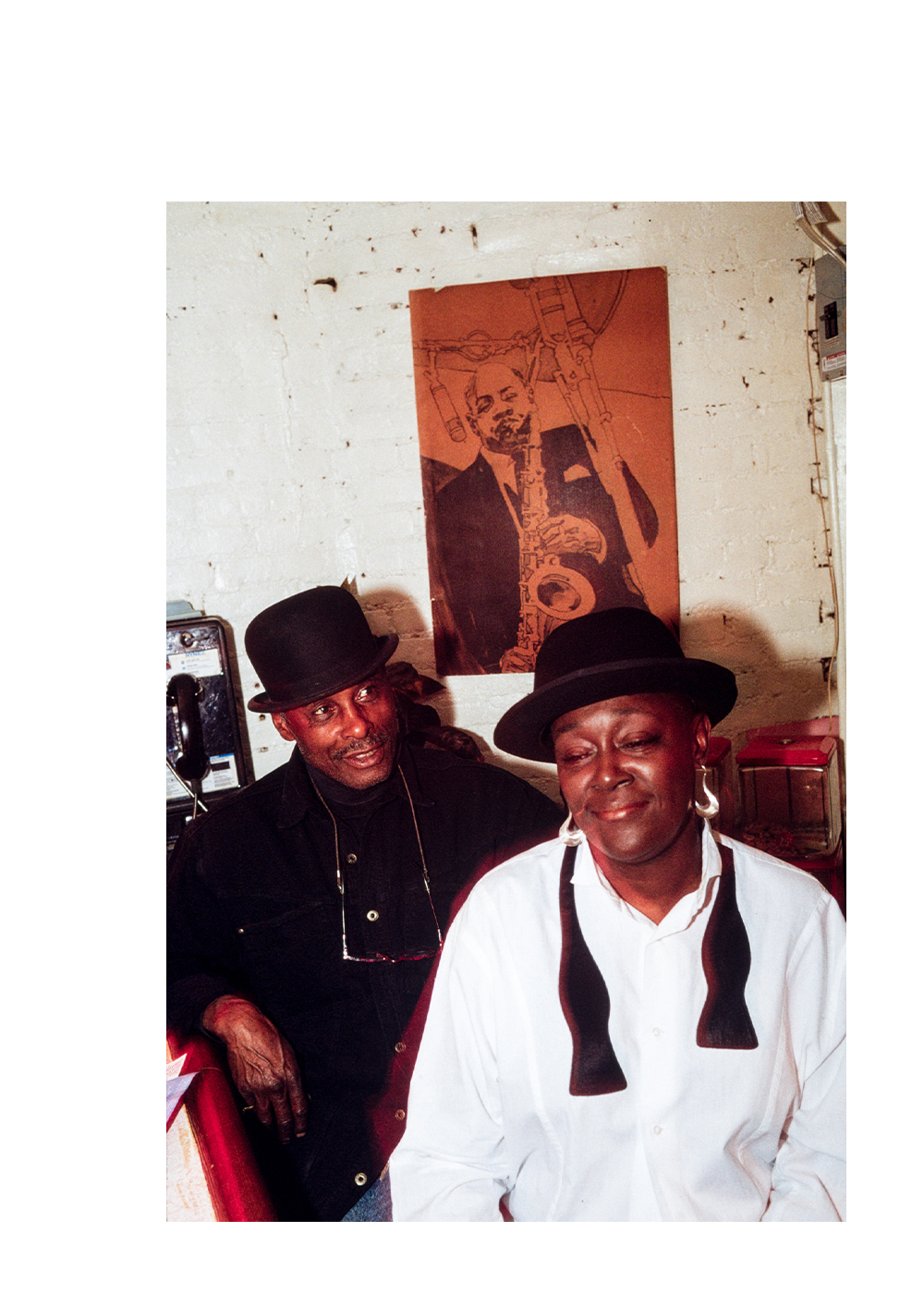
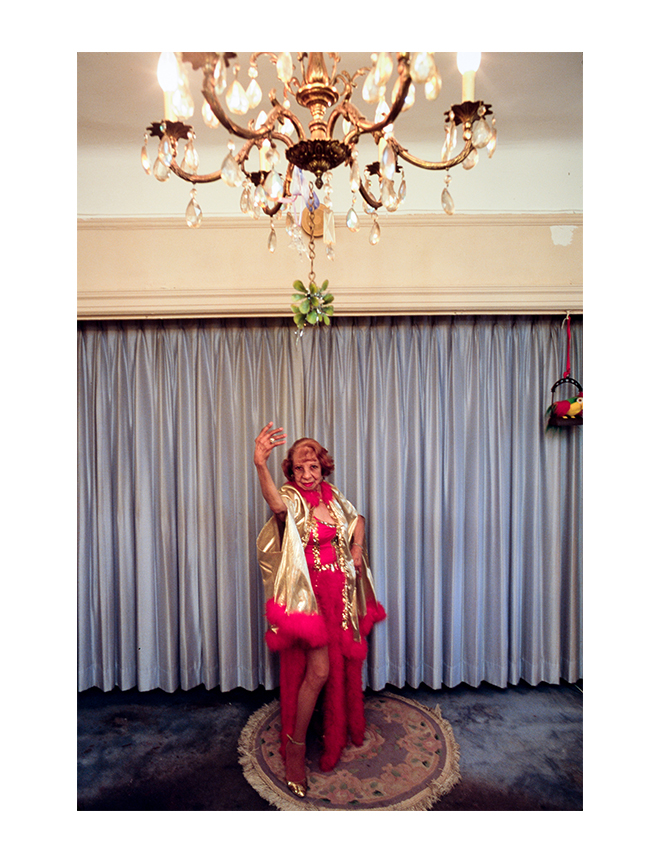
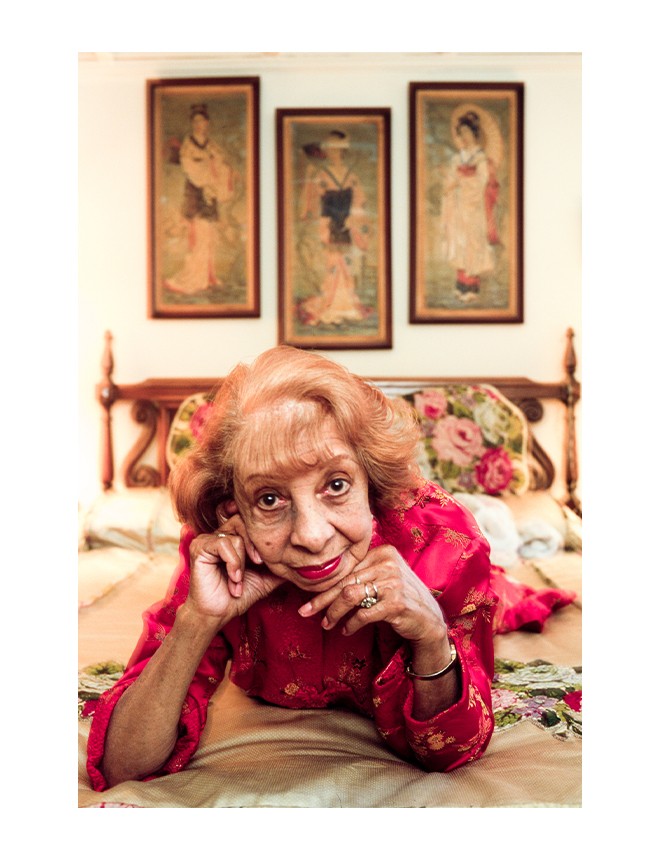
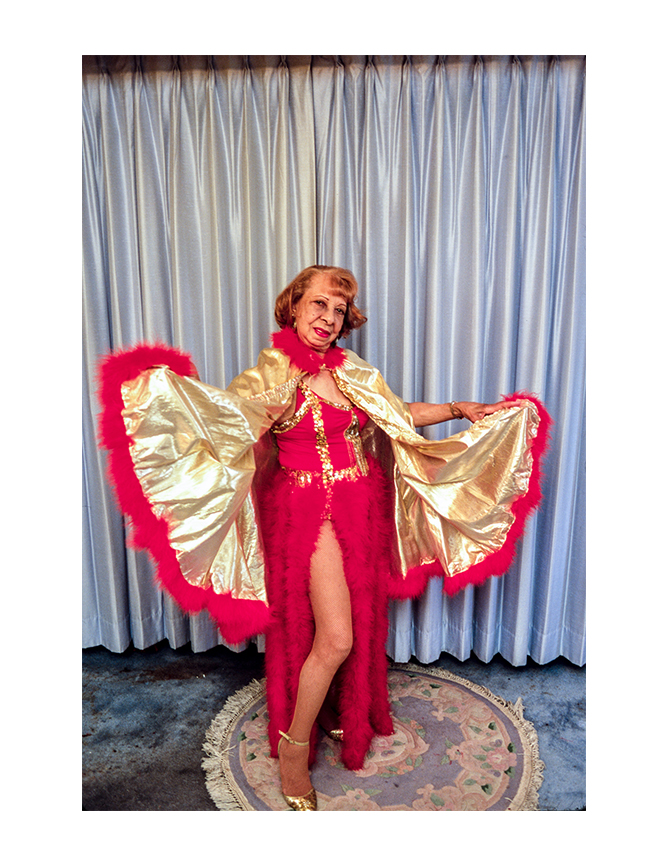
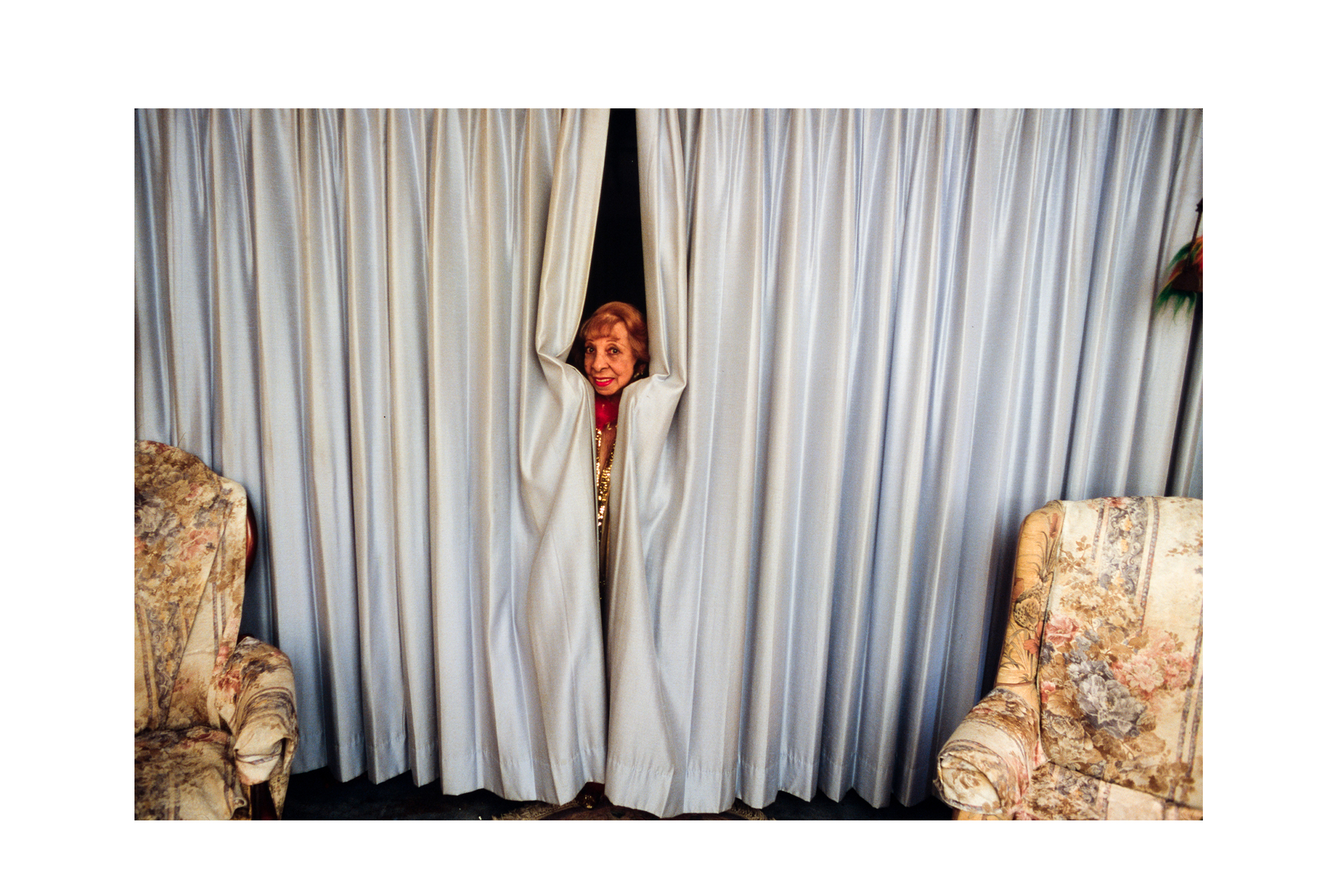
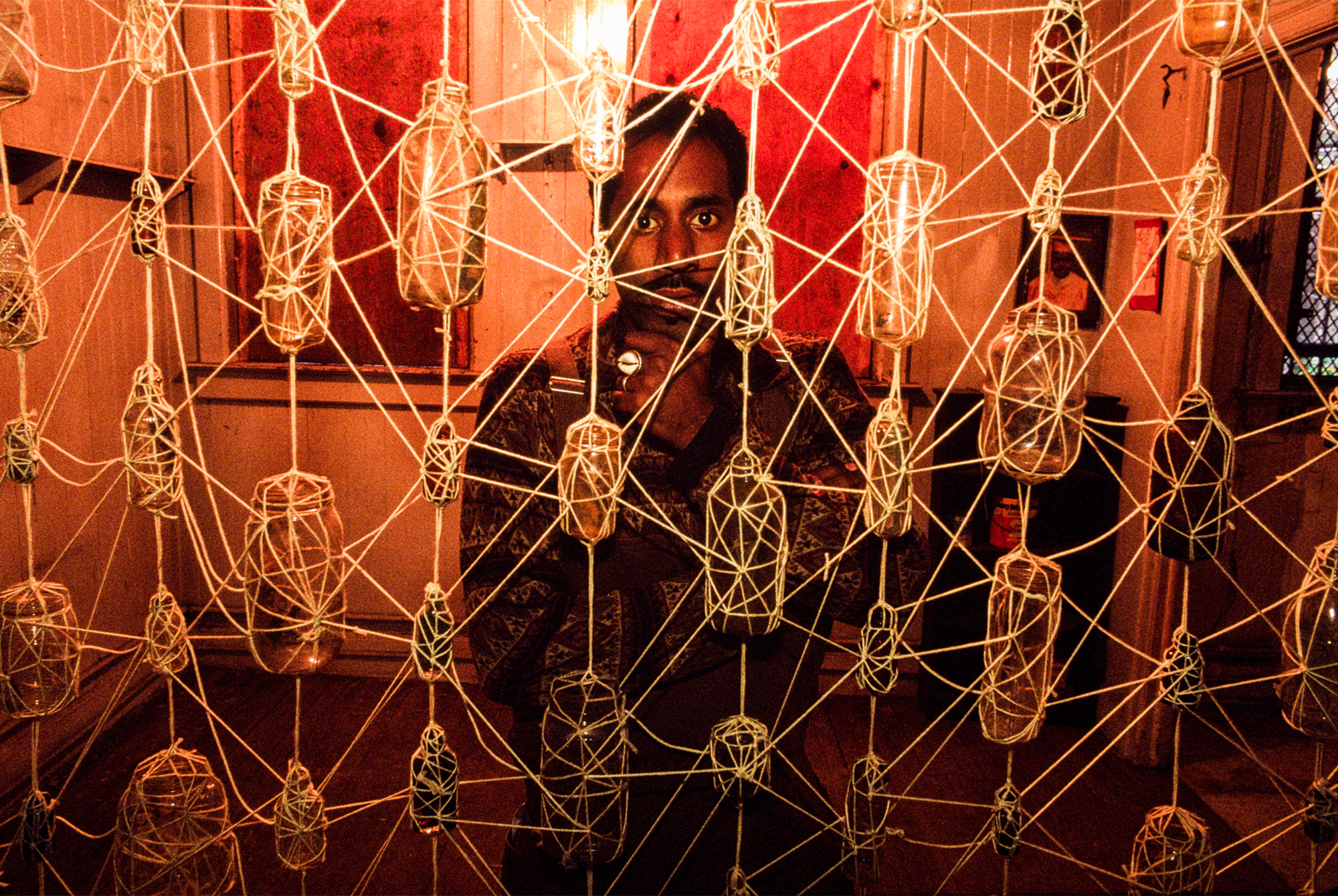
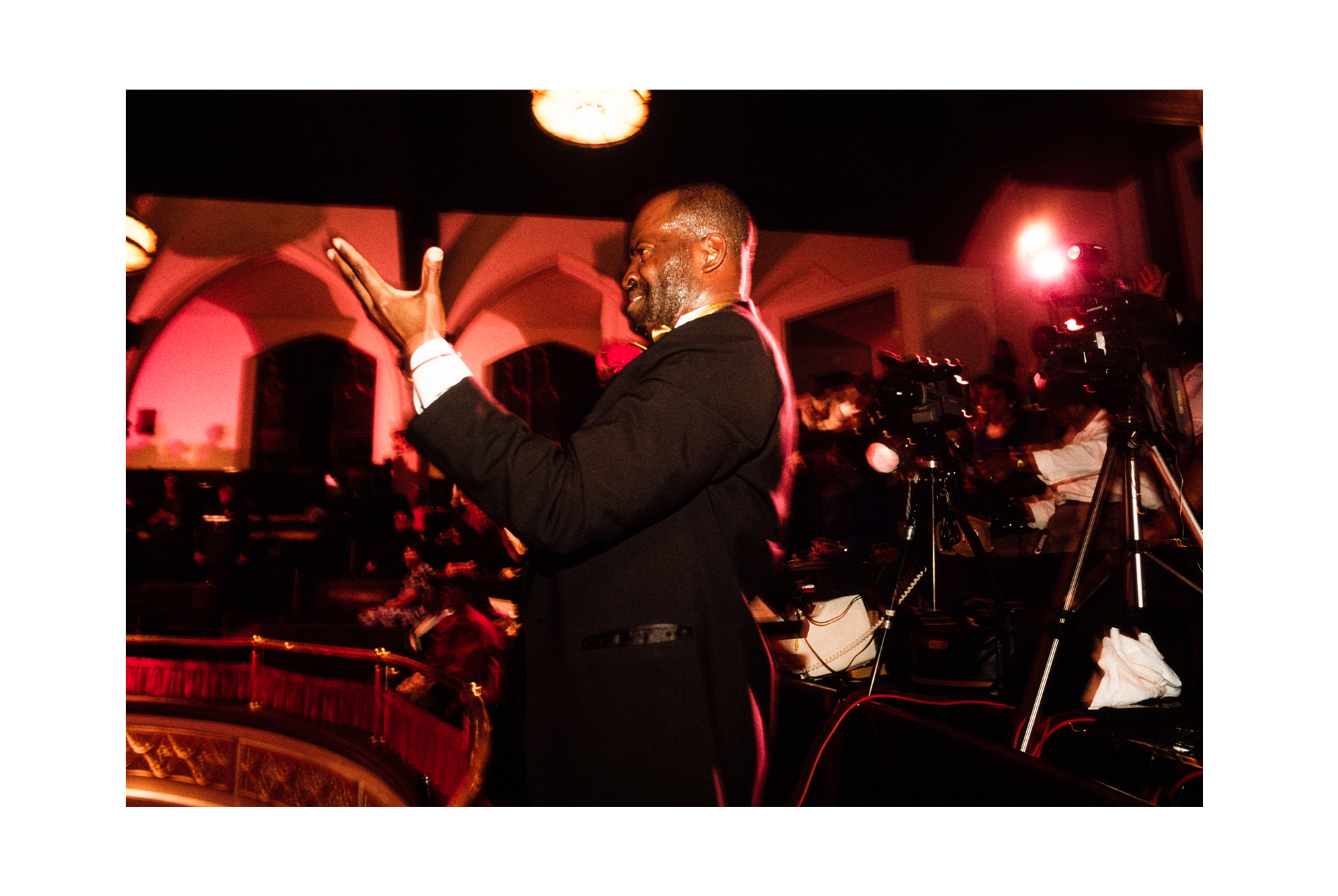
photos by Joseph Rodriguez Harlem '96 is currently on view at the 'Celebrating The Wins' Gallery Exhibition Seaport District NYC 23-25 Fulton St connect: @rollie6x6 josephrodriguezphotography.com powered by #streetdreamsmag @streetdreamsnyc @streetdreamsmag contribute to streetdreams.co?
